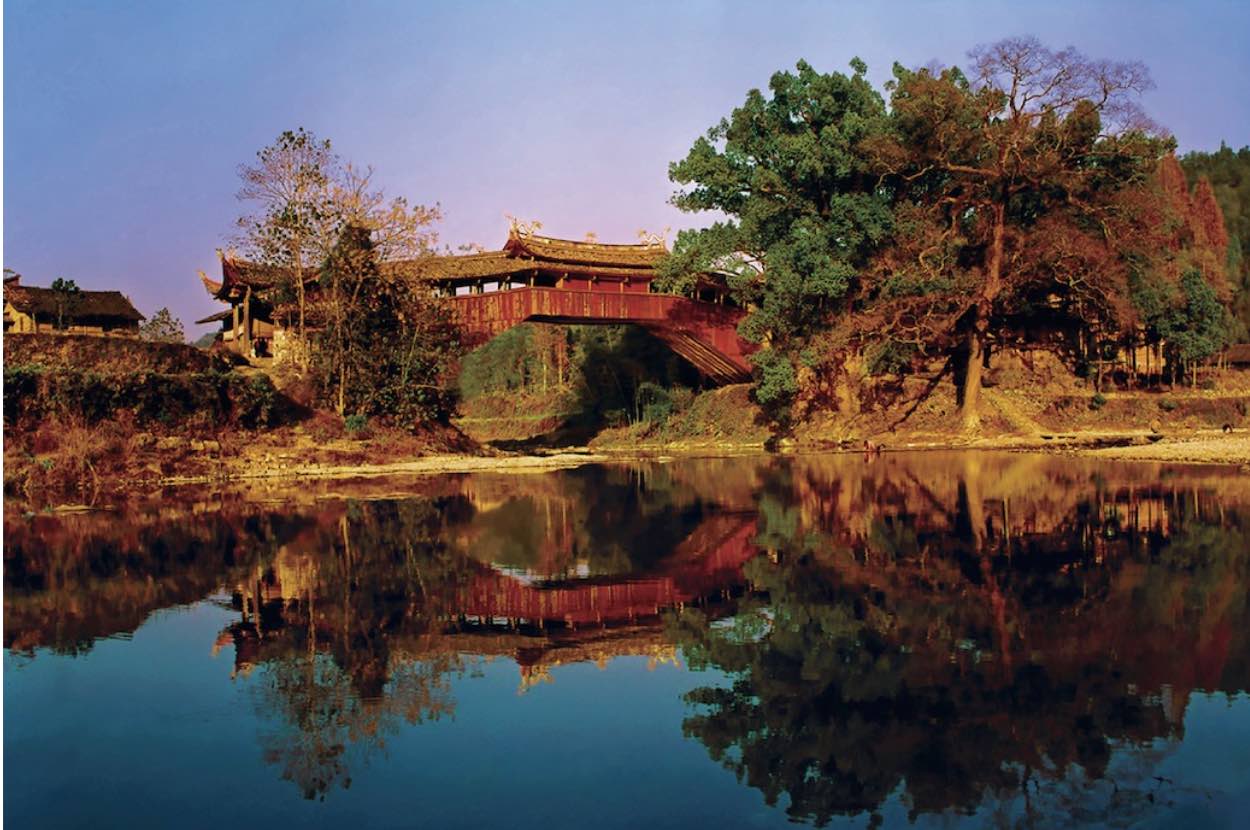
Chinese civil engineering is modernized and very forward-thinking. Green energy, pollution control, and resource conservation are increasingly inherent to planning and implementation. Within the United States, Europe, and South America, large development projects immediately bring environmental impact and land scarcity to mind. These remain a high priority within China’s plans for Zhejiang Province, yet other factors shift the paradigm.
To Jingjing Ye, China’s architecture speaks to five thousand years of culture. As a 2008 Zhejiang Provincial Institute of Ancient Architecture Design graduate, she hears in it the spirit of the Chinese nation.
After 20 years in the industry, Jingjing Ye, Class 1 Registered Architect (PRC), has come into contact with countless structures, from unknown country houses to UNESCO World Heritage Sites like the Grand Canal. She participated in completing China’s World Cultural Heritage reserve list of the Min and Zhejiang wooden arch corridor bridge, the national cultural relics protection of the Zhuji and Faxiang residences, the Wencheng Bo Wen cultural park program, and various heritage impact assessments, among other projects.
Her specialty of historical integration into modern design has won Ye’s team numerous provincial and municipal awards in architecture. This understanding of ancient aesthetics and innovation throughout history has been reflected in her projects, such as the China Fan Museum, the Lanting Tianzhang Temple Ruins Block, and the Jiaxing Zicheng Archaeological Site Park.
Jingjing explains that she strives to promote the social benefits and functions of heritage.
Ye attributes her success to her love for ancient architecture and the techniques of great artisans from the past. In addition, she underscores her appreciation for the subtle beauty of wood carving, the ever-surprising details of the Fengguo Temple, and the functionality of her favorite, the corridor bridge. She elaborates, “People walking on the bridge, water flowing under the bridge, it brings together the poetry of distant places. A bridge between the north and the south. What was a rift in a valley becomes a thoroughfare. So, I considered, why not create my own corridor bridge to connect the culture of the past with the present?”
Speaking about the future of architectural and cultural heritage, Jingjing is slightly less idealistic. She understands that the cultural heritage protection industry is not a money-making sector. As a result, cultural heritage departments receive less and less funding, and many significant structures go unprotected.
“I want to form a grass-roots movement to protect cultural heritage. From there, we can grow into more formal contributions via rules and regulations and financial support. But we start at the social level, gaining public attention on the importance of ancient architecture.”
Ye Jingjing said that the study of Chinese architecture is admirable in the present time, yet, its true benefits will only be realized over thousands of years. “The guardians of cultural heritage will continue accumulating knowledge and wisdom of Chinese architecture over the long-term. It will keep speaking to us so long as we conserve it. We will always be learning, drawing continuous creativity and inspiration from it.”
Jingjing Ye will continue to be a quiet listener to ancient architecture, and she strives to leave a legacy for the generations of other listeners that follow.
Advertising disclosure: We may receive compensation for some of the links in our stories. Thank you for supporting LA Weekly and our advertisers.
